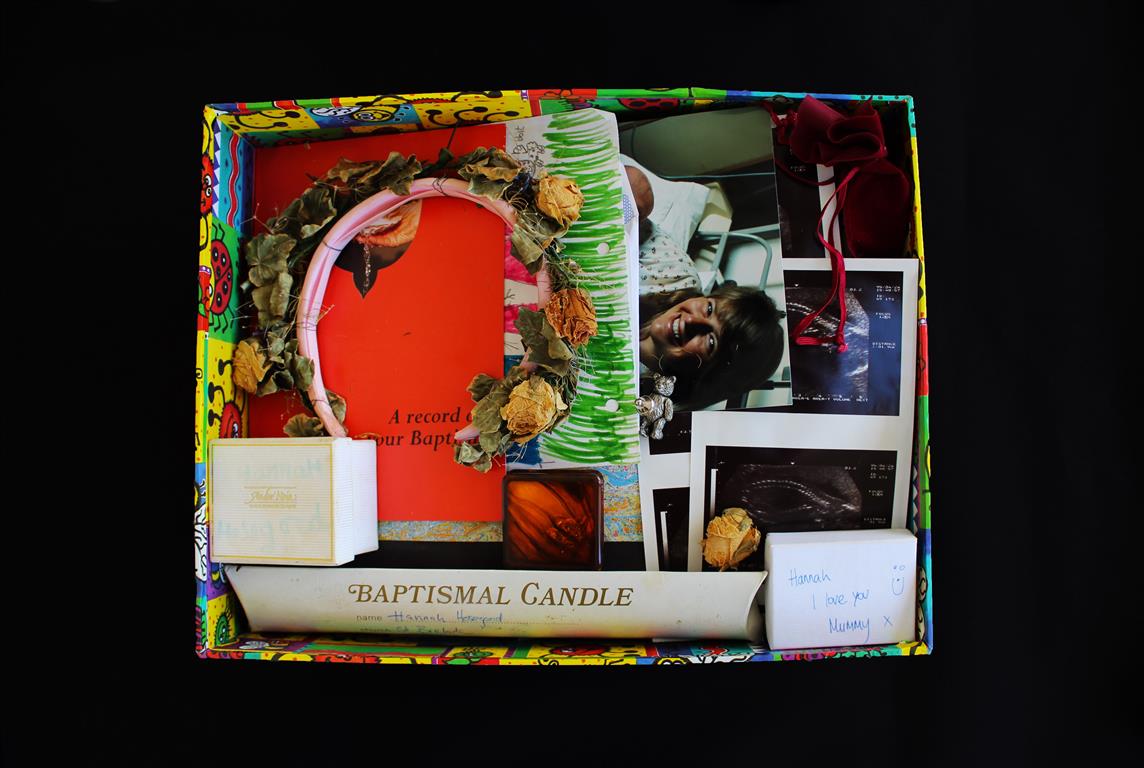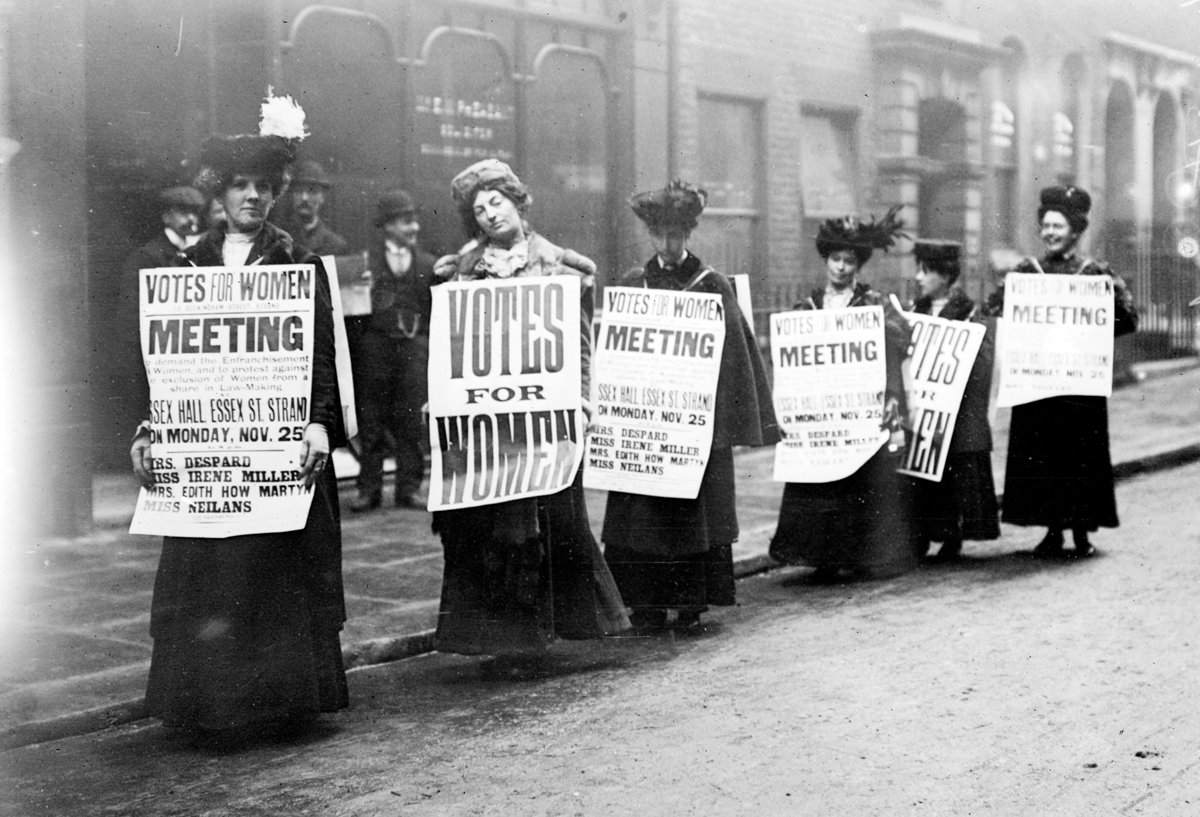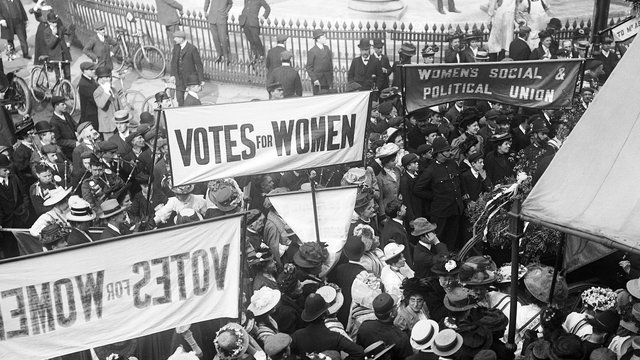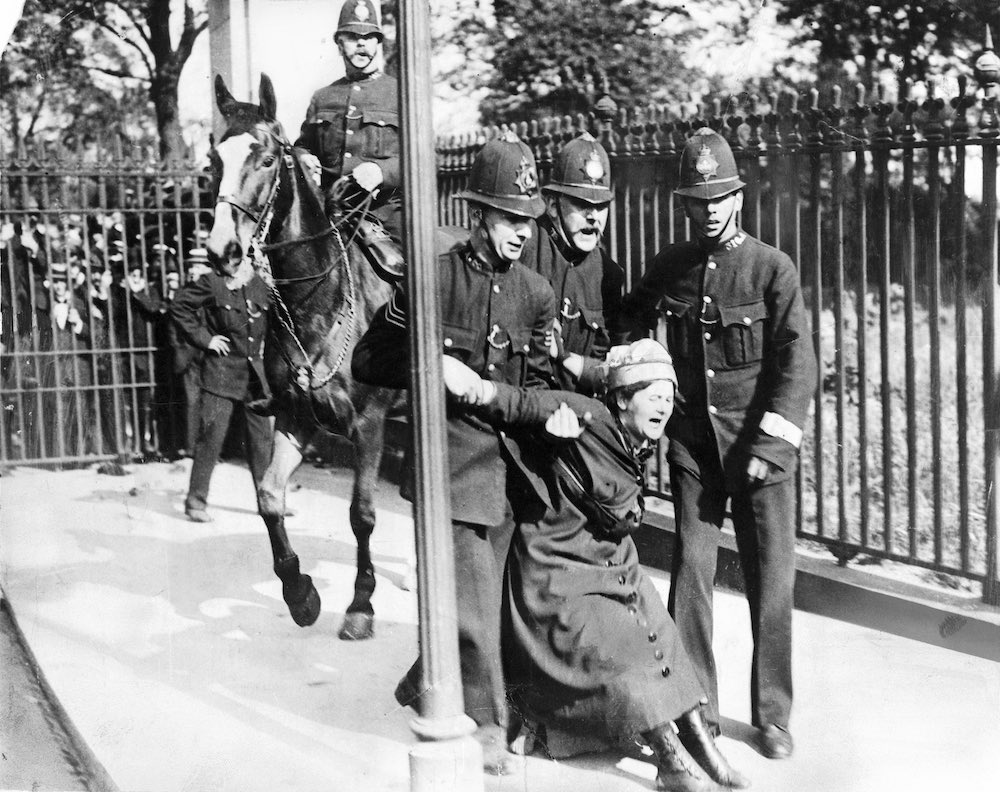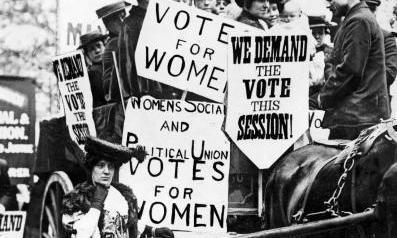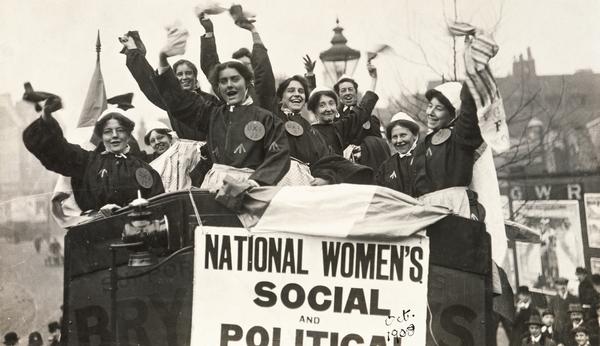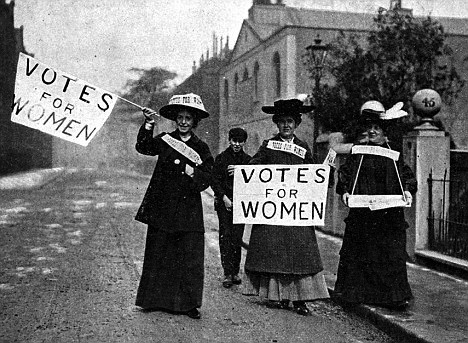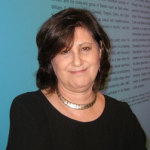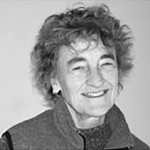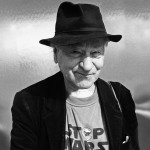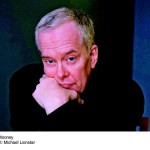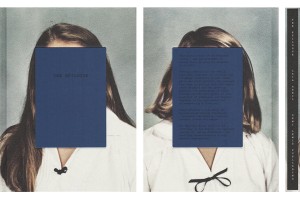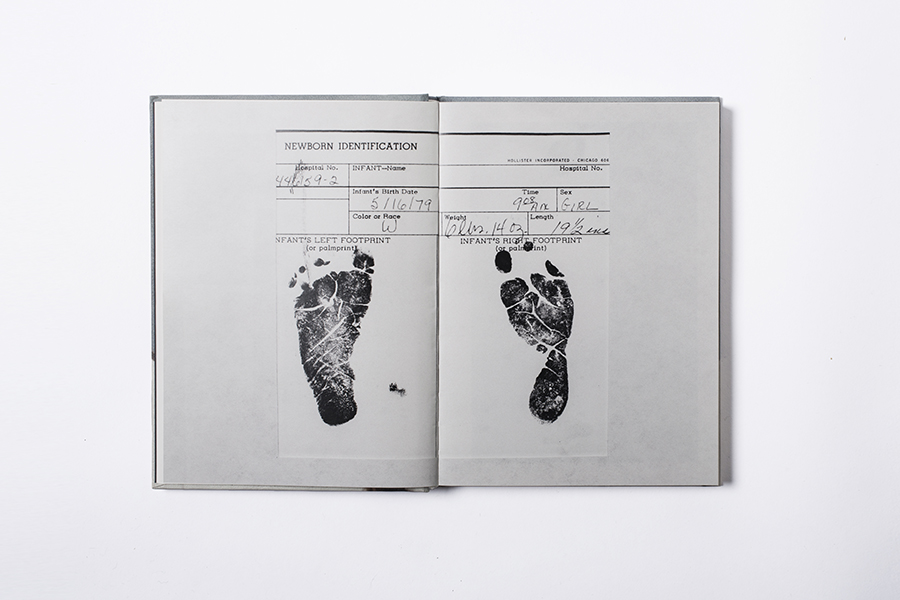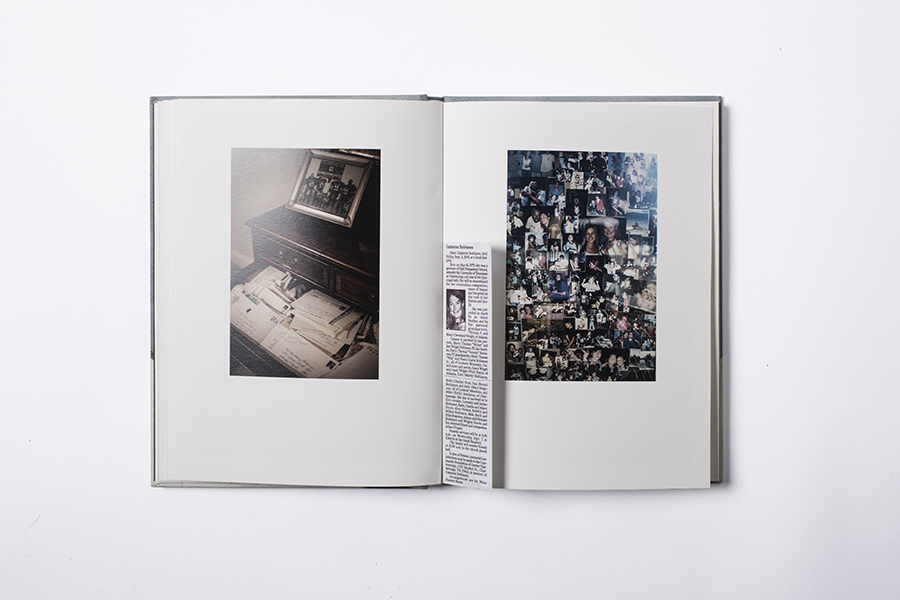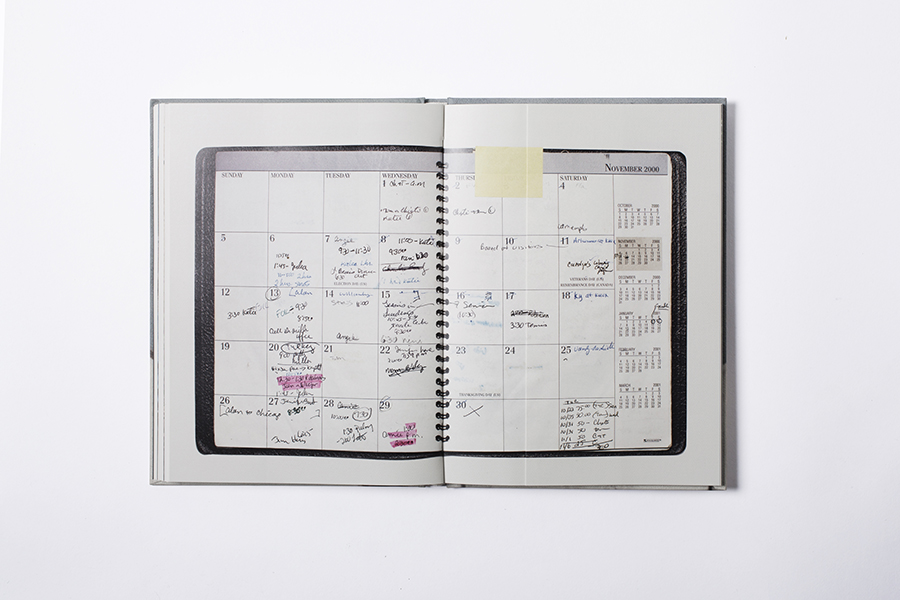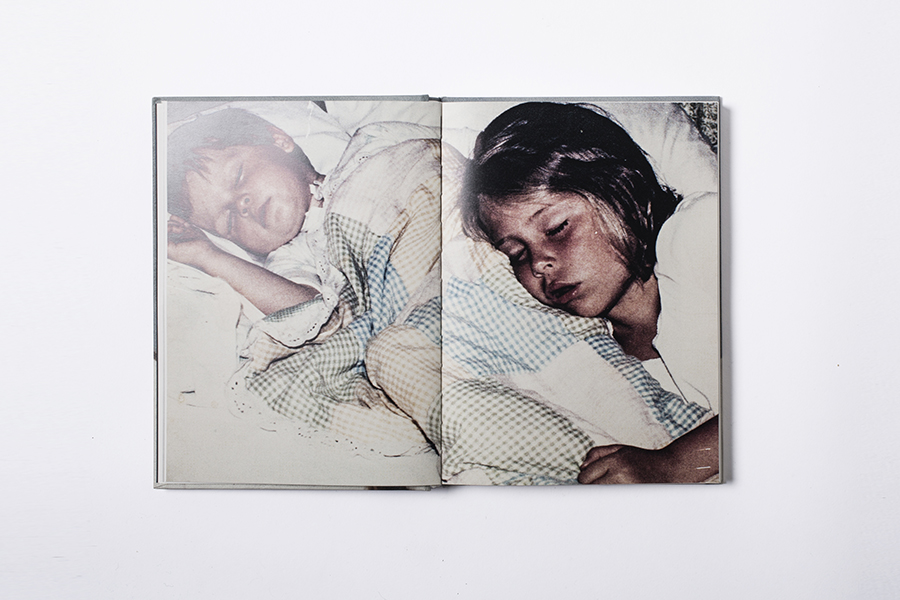Before I start my Personal Study, I want to do some simple research into all of the photographers I am going to write about within my essay.
The New Topographic Photographers:
“With shots of disused warehouses and eerily empty streets, the New Topographics photographers trained their cameras on the creeping urbanisation and industry of 1970s America.” – The Guardian
“New Topographics: Photographs of a Man-Altered Landscape” was an exhibition curated by William Jenkins in which he selected eight young american photographers; Robert Adams, Lewis Baltz, Joe Deal, Frank Gohlke, Nicholas Nixon, John Schott, Stephen Shore, and Henry Wessel, Jr. Each photographer was represented through ten pages in the exhibition, all except for Stephen Shore worked in Black and White. Jenkins chose these photographers because their images all had a similar ‘banal’ aesthetic, but were formal images.
“The pictures were stripped of any artistic frills and reduced to an essentially topographic state, conveying substantial amounts of visual information but eschewing entirely the aspects of beauty, emotion and opinion.”
Of The New Topographics, I have chosen to look at Robert Adams and Lewis Baltz, as their work is very strong and well know for being part of the new topographic movement.
Robert Adams

Adams is an American Photographer who was part of the New Topographic’s movement. “His work is largely concerned with moments of regional transition: the suburbanization of Denver, a changing Los Angeles of the 1970s and 1980s, and the clear-cutting in Oregon in the 1990s.”
His work demonstrates the vastness and the beauty of america and whilst have the banal aesthetic that made Jenkins chose him for the exhibition, his images are very interesting and of good quality.
Lewis Baltz

Baltz is a photographer I first studied last year when looking at Landscape photography, and although at the time i had very little interest in his work, I have come to appreciate it and enjoy his images much more now.
Photographers who influenced the Bechers:
Albert Renger-Patzsch

In 1925 Renger-Patzsch was a German photographer, who began to pursue photography as a full-time career in 1925. He rejected both Pictorialism, an imitation of painting, and the experimentation of photographers who relied on startling techniques. His photographs record the exact detail of objets. In his book Die Welt ist schön (“The world is beautiful”), his images showed both nature and industry in his style of photography, which was very clear and transparent. These images were closely related to painting of the Neue Sachlichkeit (“The New Objectivity”) movement.
August Sander

During military service, August Sander was an assistant in a photographic studio in Trier and By 1904 he had opened his own studio in Linz. When he moved to a suburb of Cologne in 1909 he began to photograph the rural farmers who lived nearby. Around three years later Sander left his urban studio so he could continue photographing in the field, finding subjects along the roads he traveled by bicycle.
Karl Blossfeldt
Blossfeldt is a very clear influence for the Bechers, and you can see the similarities in the way they both photographed. Blossfeldt was a German photographer, sculptor, teacher, and artist.He made most of his images with a homemade camera which was able to magnify the subject u to 30x its size, which he mainly used to photograph plants. This camera revealed lots of detail about the plants natural structure.
Photographers who the Bechers have since influenced:
Bernd and Hilla Becher have influenced a large number of photographers, who are mainly German, including Thomas Struth, Candida Höfer, Axel Hütte, and Roswitha Ronkholz, who joined the first year of the new photography class run by the Bechers in 1976.
Thomas Struth

Struth is a German Photographer known for his images of urban scenes, jungles, and portraits.
“Much of his early works are black and white photographs of urban scenes, particularly industrial spaces and deserted streets, which reflect the changing conditions of contemporary society in his observations of architecture and urban development.”
This kind of edge to his work is what shows the influence of the Bechers work and teaching.
Andreas Gursky

“Gursky studied under Bernd and Hilla Becher at the Düsseldorf Kunstakademie in the early 1980s and first adopted a style and method closely following Becher’s systematic approach to photography, creating small, black-and-white prints. ” – http://whitecube.com/artists/andreas_gursky/
His current work is known for its scale and colour, with his images looking at the effect of capitalism and globalisation on contemporary life.
Candida Hofer
 Hofer i a german photographer, best known for her large format images on architectural interiors. Her images greatly show the influence that the Bechers had, with her images all being taken in the same way, like the typologies that the Bechers produced.
Hofer i a german photographer, best known for her large format images on architectural interiors. Her images greatly show the influence that the Bechers had, with her images all being taken in the same way, like the typologies that the Bechers produced.



